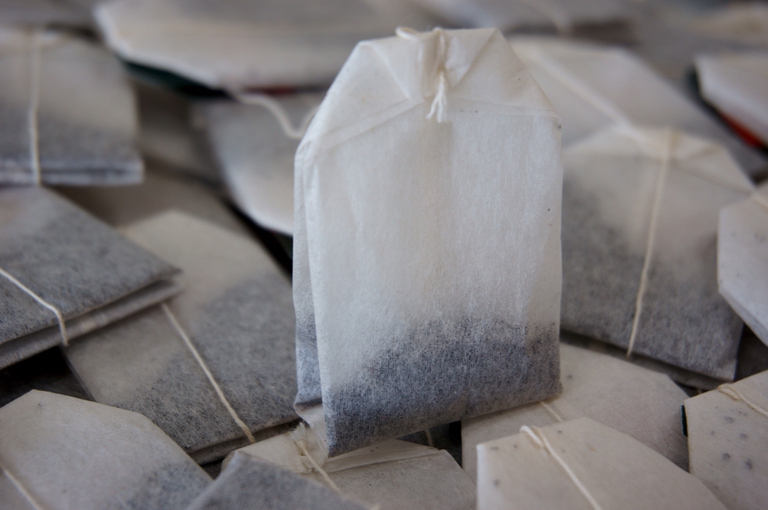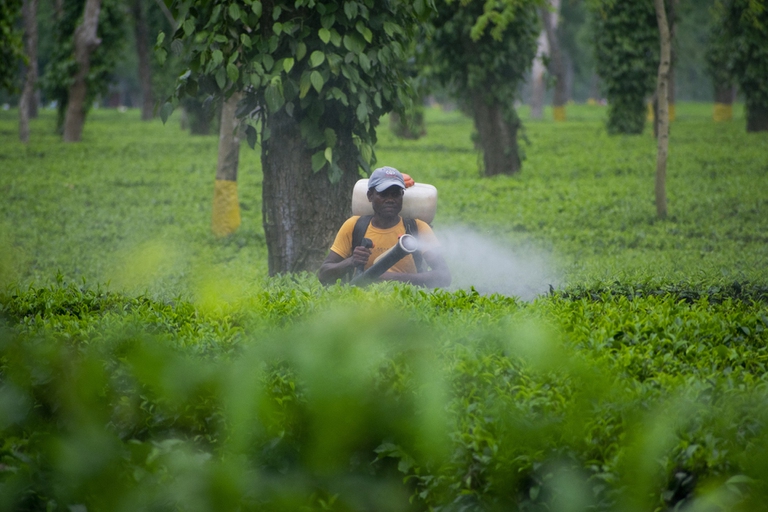https://www.lifegate.it/pesticidi-te-glifosato-test-de-il-salvagente
- |
- The magazine il Salvagente carried out tests on 14 tea samples in search of traces of glyphosate and other pesticides.
- According to the results, 11 samples were contaminated, within the legal limits, by glyphosate, the most used herbicide in the world.
- The use of glyphosate has been renewed for another ten years in the EU, despite scientific studies showing negative effects on the body.
The secret ingredient in tea?The glyphosate.That's right:the consumer magazine the Lifesaver analyzed 14 samples of tea finding in 11 of these the presence of the controversial herbicide.The concentrations found are all below the legal limit (2 milligrams per kilo) although in some cases the values are close to half the maximum permitted dose.

“In eight years of testing we have analyzed hundreds of foods and almost always asked our laboratories to include glyphosate in the list of pesticides to look for – we read on the pages of il Salvagente -.We have often found it, especially in pasta, but never in these percentages.A sign that during the ritual five o'clock break we risk, regardless of the quantities, finding ourselves with an unwelcome guest in the cup".
Glyphosate residues in tea:in which samples and why
The higher value of glyphosate was found in Taylor English breakfast (0.996 mg/kg), followed by Esselunga tea (0.883 mg/kg), Pam tea (0.724 mg/kg) and MD tea (0.598 mg/kg).The analyzed brands and complete analyzes can be found on paper and digital magazine. “As some experts explained to us, in the cultivation of tea, especially in the large plantations of India and Sri Lanka, weeding is practiced through herbicides, particularly with treatments based on glyphosate which is spread between the rows that separate the hedges but it is not excluded that it is also used on the plant to eradicate the climbers".In addition to the glyphosate test, an analysis was also carried out multiresidual which identified traces, always below the legal limit, of several fungicides And insecticides, some banned in Europe.

The renewal of the use of glyphosate in the European Union
Glyphosate is the most used herbicide in the world.Classified as a “probable carcinogen” byInternational Agency for Research on Cancer, A few days ago the European Commission has authorized its use in the European Union for another ten years.This is despite the request of thousands of European citizens to ban it and several scientific studies that show the possibilities negative health effects, the last one, a study by the Ramazzini Institute of Bologna whose results highlight how, at doses considered safe for humans, the herbicide and its formulants cause in rats leukemias in the first year of life.
